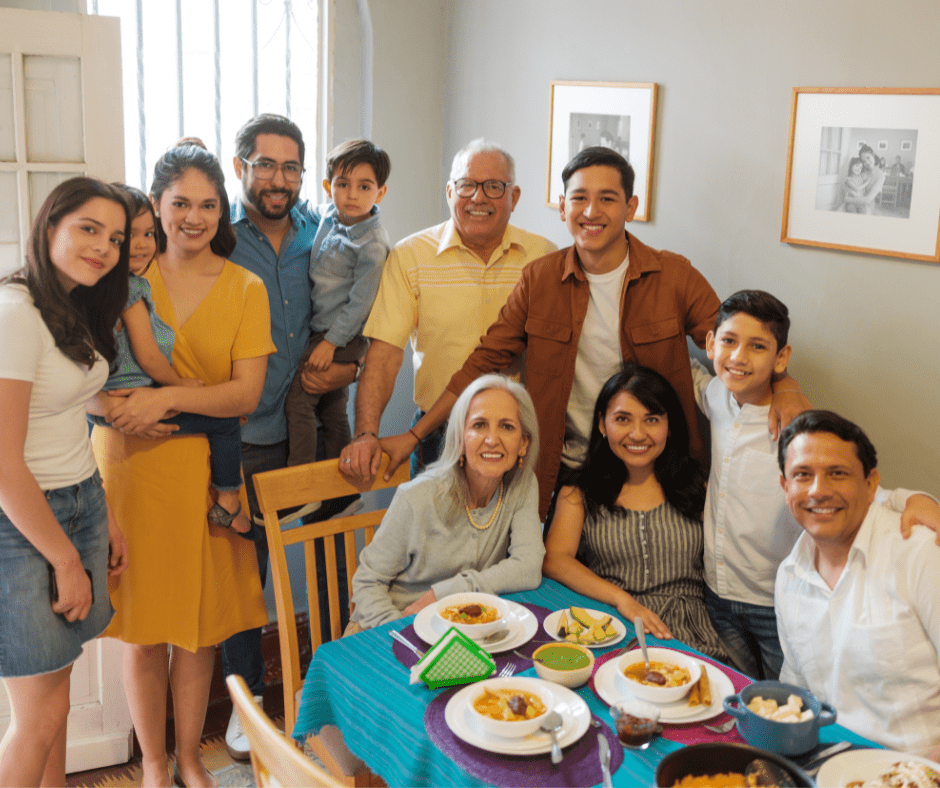
With housing affordability being a continued challenge in Australia, many couples and individuals are thinking outside the square.
If you’re a first-home buyer and you’re struggling to come up with a deposit or take on the cost of a full home loan, the answer may lie with your parents or extended family. If you get along well and everyone is looking to reduce living costs, combining funds to purchase a property can be a solution.
Is intergenerational living the new black?
Living independently as an adult is the societal norm in Australia but when the grandchildren come along or it’s time to settle down and there isn’t a budget-friendly option for housing, solving accommodation problems as an extended family can make sense.
Intergenerational living can see two or three generations living in one home, or in two properties on the same block. Your options are to:
• Buy a large home that has room for everyone
• Buy a block with a house and existing granny flat or apartment
• Purchase a vacant block and build a duplex
• Upgrade the family property by adding a granny flat
The solution works for a multitude of reasons:
• If the older parents sell their existing property and have a lot of equity, younger buyers have the option to buy without as much need for a deposit, and parents can potentially free up cash while remaining mortgage free
• Reduced purchasing costs for both parties
• Shared expenses such as council rates, cleaning, water, food etc
• The ability to build equity and move on from the arrangement after a few years
With the pandemic resulting in divorce and separation, intergenerational living is also a good option for single parents who want secure housing and need a hand with the kids.
Other options for joint purchases
Extended family living can also include siblings. For example, the First Home Buyer’s Guarantee was recently extended to allow Australians to buy their first home with family members instead of with a partner.
You may still be eligible for this grant if you buy with your parents, as long as they have not bought a new home in the last ten years.
Speak to a mortgage broker about what’s possible and which lenders are likely to accommodate loan applications from joint parties.
What to look for in an intergenerational home
When you’re shopping with family for a home to live in together, look for places with separate living areas and bedrooms at opposite ends of the house. Older parents may want to have a room that is off-limits for small children so they can have some peace and privacy.
Multiple bathrooms are ideal and you can also look for a home that offers the opportunity to add a small kitchenette so everyone isn’t bumping into each other in the kitchen.
The other option is to find a small home on a larger block and build an additional dwelling in the garden. Check that the local council will allow this before you make a commitment, and get quotes from builders so you know how much the endeavour will cost.
Tips for intergenerational purchases
If you buy a property with a granny flat, check to make sure it has council approval as there may be expenses involved with bringing it up to code.
It’s also a good idea to speak with a lawyer and agree in writing who owns which percentage of the house and what will happen if someone wants to move out. If you can decide how to overcome conflict before it happens, you’ll have a framework to follow and less likelihood of disputes.








